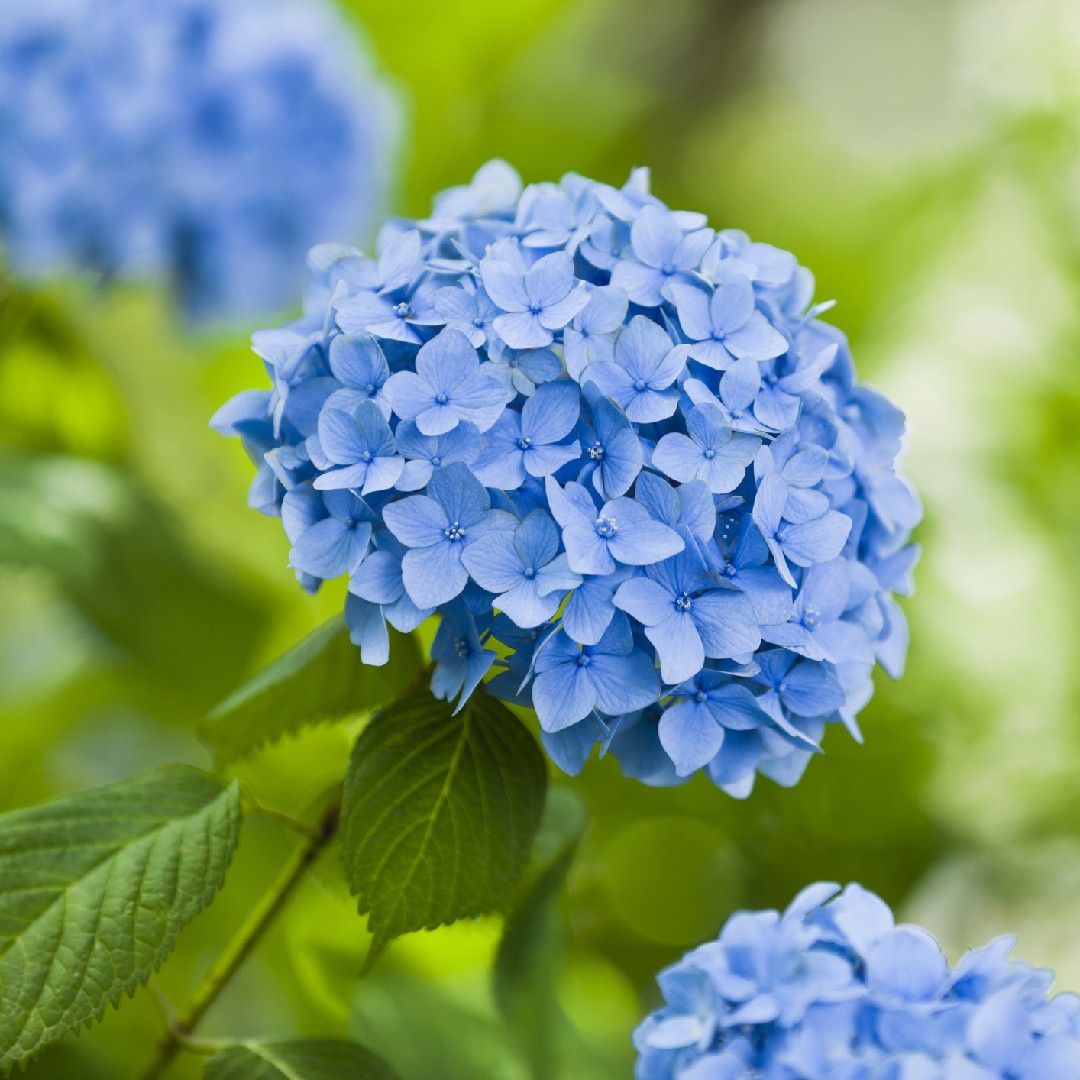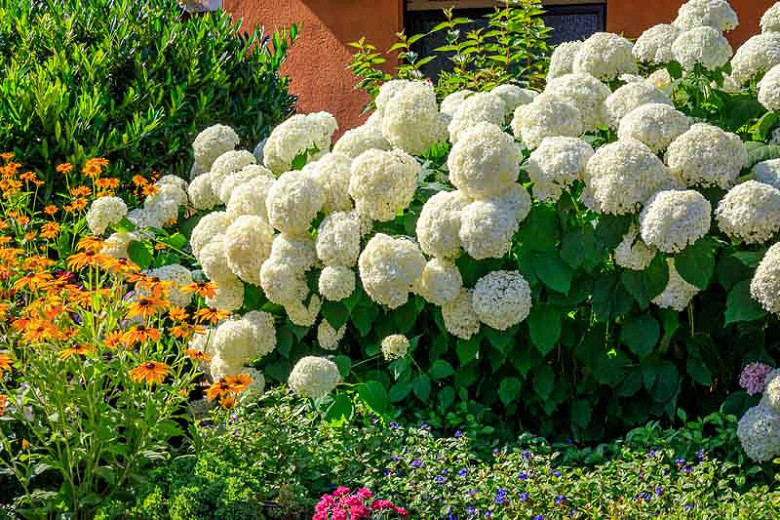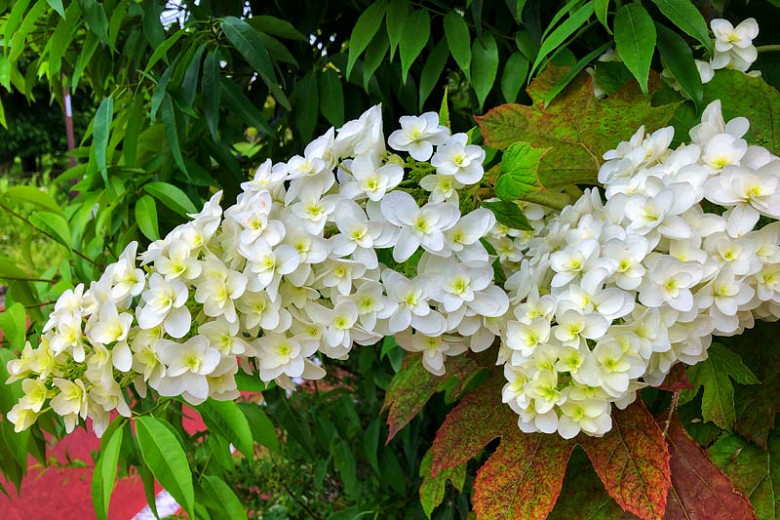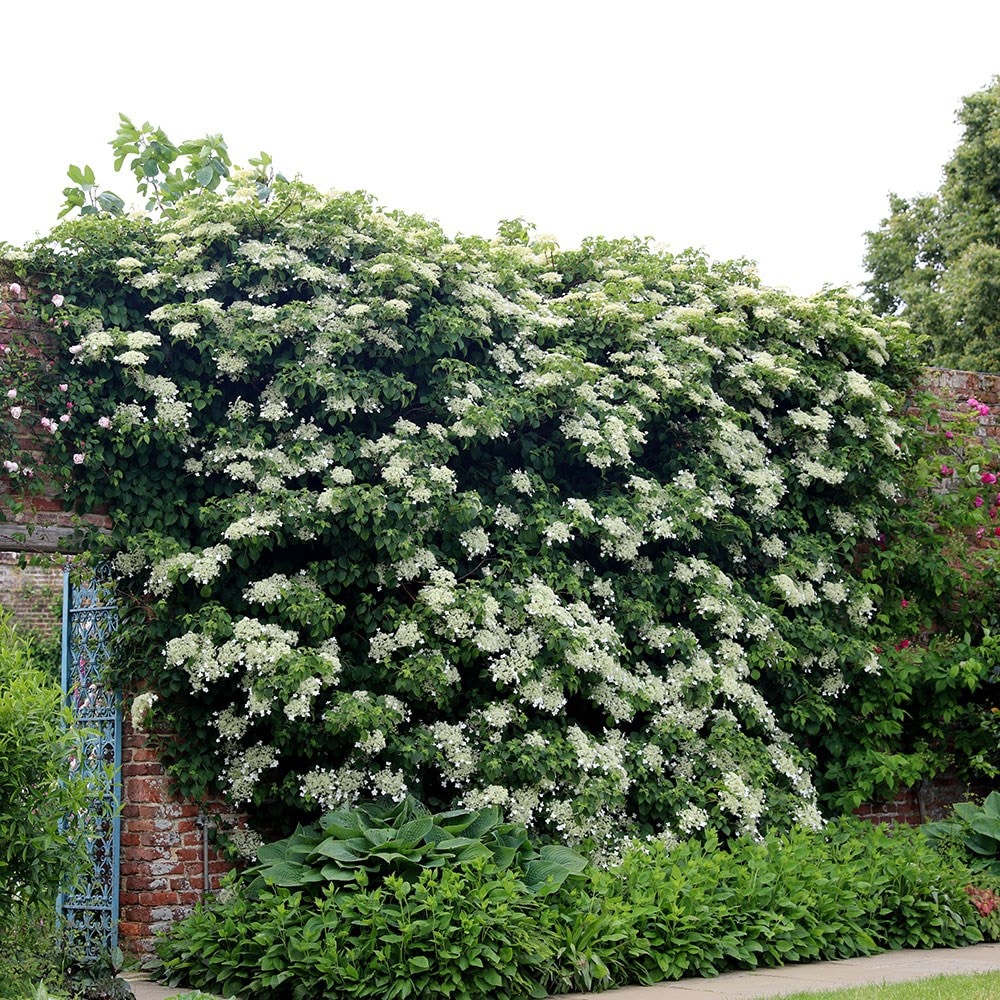A Hydrangea Lover's Guide To Growing And Caring For These Beautiful Flowers
A Hydrangea Lover's Guide to Growing and Caring for These Beautiful Flowers
Hydrangeas are some of the most popular flowering shrubs in the world. They are known for their large, showy blooms that can come in a variety of colors, including blue, pink, purple, and white. Hydrangeas are relatively easy to grow and care for, making them a great choice for gardeners of all levels of experience.
In this guide, we will provide you with everything you need to know about growing and caring for hydrangeas. We will cover topics such as choosing the right type of hydrangea for your climate, planting and caring for your hydrangeas, and troubleshooting common problems.
Choosing the Right Hydrangea
There are many different types of hydrangeas available, so it is important to choose the right type for your climate. If you live in a warm climate, you will want to choose a type of hydrangea that is known for its heat tolerance. If you live in a cold climate, you will want to choose a type of hydrangea that is known for its cold hardiness.
Some of the most popular types of hydrangeas include:
- Hydrangea macrophylla: This type of hydrangea is known for its large, showy blooms. It is a relatively hardy plant that can be grown in USDA zones 5-9.

- Hydrangea paniculata: This type of hydrangea is known for its tall, panicle-shaped blooms. It is a hardy plant that can be grown in USDA zones 3-8.

- Hydrangea arborescens: This type of hydrangea is known for its smaller, white blooms. It is a hardy plant that can be grown in USDA zones 3-9.

- Hydrangea quercifolia: This type of hydrangea is known for its oak-shaped leaves and its blue or pink blooms. It is a hardy plant that can be grown in USDA zones 4-9.

Once you have chosen the right type of hydrangea for your climate, you can start planting.
Planting Hydrangeas
Hydrangeas should be planted in full sun to partial shade. They prefer moist, well-drained soil. When planting hydrangeas, dig a hole that is twice as wide and as deep as the root ball. Backfill the hole with soil, being careful not to bury the crown of the plant. Water the plant thoroughly after planting.
Caring for Hydrangeas
Hydrangeas are relatively low-maintenance plants. However, there are a few things you can do to keep them healthy and blooming.
- Water hydrangeas regularly, especially during hot, dry weather.
- Fertilize hydrangeas in the spring with a balanced fertilizer.
- Deadhead spent blooms to encourage new growth.
- Prune hydrangeas in the spring or fall, as needed.
Troubleshooting Common Problems
Hydrangeas are generally resistant to pests and diseases. However, there are a few problems that you may encounter.
- Leaf scorch: This is a common problem that occurs when hydrangeas are planted in too much sun. The leaves will turn brown and dry. To prevent leaf scorch, plant hydrangeas in partial shade.
- Powdery mildew: This is a fungal disease that can cause white powdery spots to appear on the leaves of hydrangeas. To treat powdery mildew, you can use a fungicide.
- Leaf spot: This is another fungal disease that can cause brown or black spots to appear on the leaves of hydrangeas. To treat leaf spot, you can use a fungicide.
Conclusion
Hydrangeas are beautiful and easy-to-grow shrubs that can add a touch of elegance to any garden. With a little care and attention, you can enjoy hydrangea blooms for many years to come.
Hydrangeas are beautiful flowering shrubs that are native to Asia and the Americas. They are known for their large, showy blooms, which can come in a variety of colors, including white, pink, blue, and purple. Hydrangeas are relatively easy to care for and can thrive in a variety of conditions. They prefer moist, well-drained soil and full sun to partial shade.
If you are interested in learning more about hydrangeas, I recommend visiting . This website has a wealth of information on hydrangeas, including care tips, planting instructions, and a variety of species profiles. You can also find beautiful photos of hydrangeas in bloom.
FAQ of a hydrangea
null
Image of a hydrangea
- Hydrangea macrophylla is a popular type of hydrangea that is known for its large, round flower heads. The color of the flowers can vary depending on the soil pH, with blue flowers being more common in acidic soils and pink or red flowers being more common in alkaline soils.

- Hydrangea paniculata is another popular type of hydrangea that is known for its tall, cone-shaped flower clusters. The flowers can be white, pink, or blue, and they typically bloom in late summer or early fall.

- Hydrangea arborescens is a smaller type of hydrangea that is known for its white or cream-colored flowers. The flowers bloom in late spring or early summer, and they can be quite fragrant.

- Hydrangea quercifolia is a unique type of hydrangea that is known for its oak-shaped leaves. The flowers can be white, pink, or blue, and they typically bloom in late summer or early fall.

- Hydrangea petiolaris is a climbing hydrangea that is known for its cascading flower clusters. The flowers can be white, pink, or blue, and they typically bloom in late summer or early fall.

Post a Comment for "A Hydrangea Lover's Guide To Growing And Caring For These Beautiful Flowers"